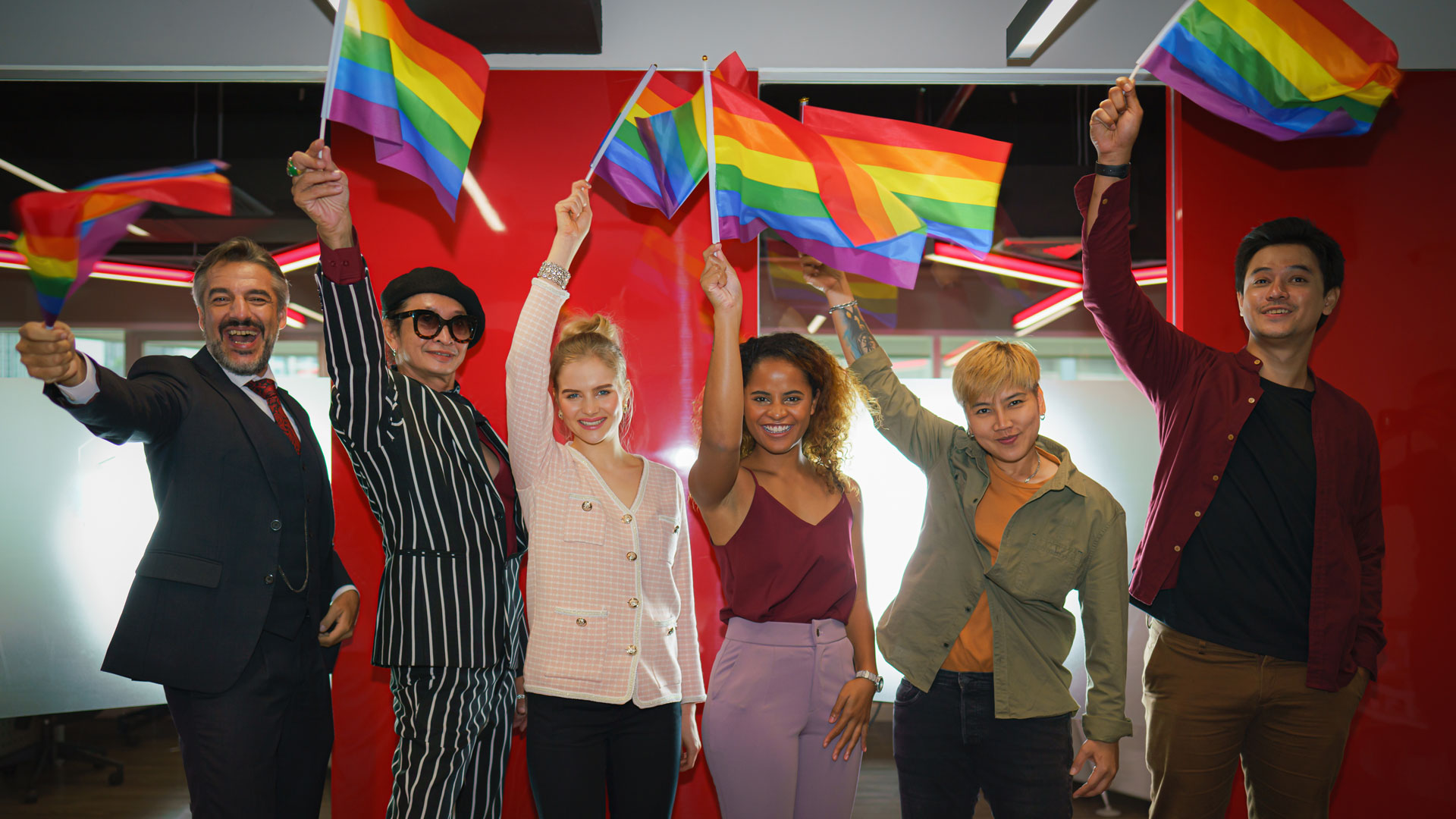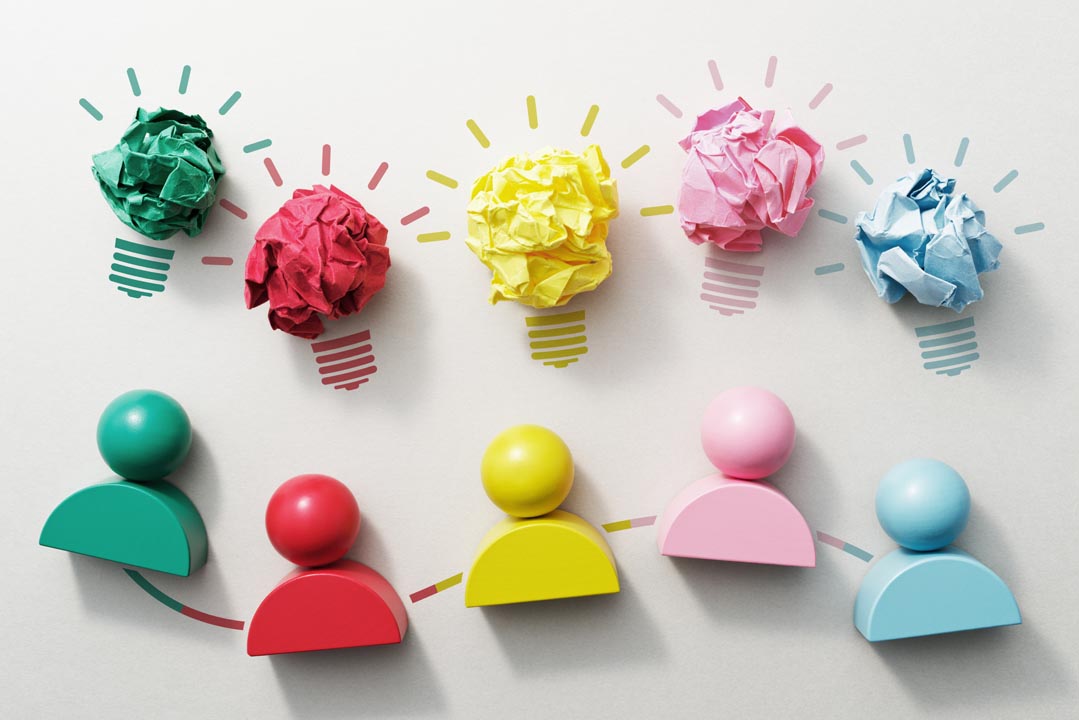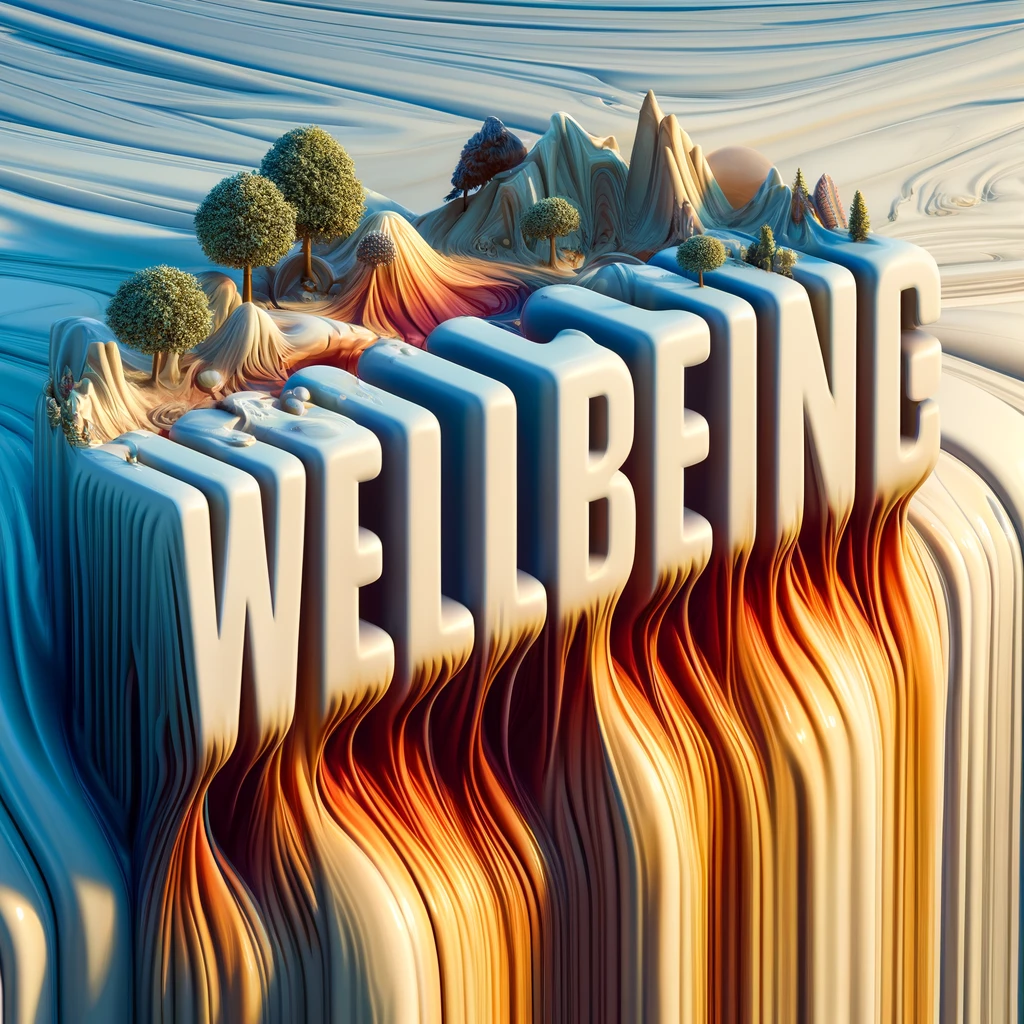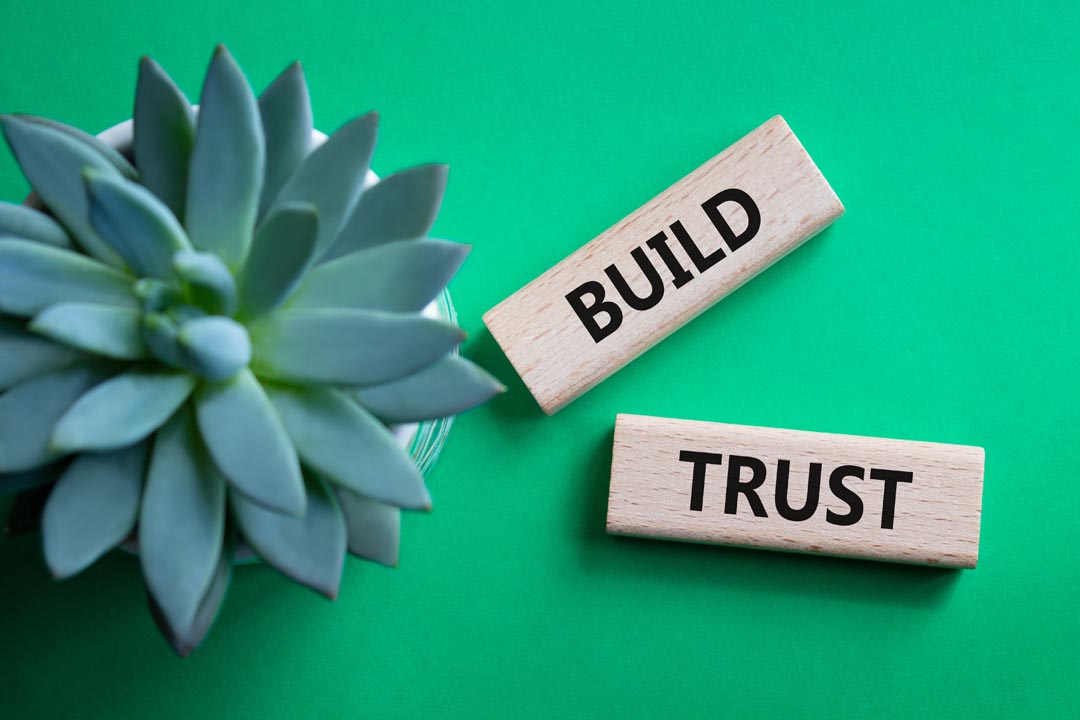Anyi Hobson explores why generations working together improve the LGBTQ+ landscape
There have undoubtedly been significant gains for LGBTQ+ people and causes over the years. Yet recent events indicate that there is a long way to go. The US Supreme Court has recently ruled against a Colorado State Law which requires businesses to treat same-sex couples equally on the grounds that it violates free speech. Meanwhile, Uganda’s recently passed anti-gay law (which comes with the potential of a death sentence), and the record rise in anti-LGBTQ+ hate crimes present even more examples of why it’s so essential that the LGBTQ+ community and its allies keep fighting for visibility, representation, and protection.
However, if those battles are to be successful, they cannot be fought alone. As a new generation of activists takes up LGBTQ+ causes, there’s much that they can learn from their veteran counterparts. But those older activists can also learn from the tools and tactics used by younger activists. Together, they could achieve significant gains both for their own causes and those with which they’re allied.
Back to the future
In order to understand why that’s the case, it’s worth taking a trip back through history.
After the euphoria and triumphs of the late 1960s and the 1970s, such as the Stonewall uprising, the subsequent Pride marches to commemorate it that are still celebrated today and, the founding of the Gay Liberation Front (GLF), the 1980s saw numerous setbacks for LGBTQ+ people. Among them, the HIV/AIDS epidemic was perhaps the most defining and devastating.
With any kind of collaboration, there needs to be a two-way, in this case, intergenerational conversation
Following the first diagnosis in 1981, it was referred to as ‘the gay plague’ by both conservative politicians and journalists. With little government funding, there were few research, prevention, testing, treatment, and support resources. The first funding of $12 million would not be approved until 1983. Then President Reagan would not use the word ‘AIDS’ until 1985, the same year the US Congress approved nearly $190 million of funding for AIDS research.
The crisis and delays played out against the backdrop of the emergence of a conservative Christian political movement in the 1980s, epitomised by the Moral Majority. The organisation portrayed LGBTQ+ rights, as well as abortion, divorce, feminism, and the Equal Rights Amendment as attacks on ‘traditional’ American families.
Having lived in New York at this time, and now seeing the increased transphobia (and other forms of naked discrimination) ever-present across the world, there are unfortunately parallels that we can draw from when it comes to fighting today’s battles. Those of us who’ve been there before – whether members of the LGBTQ+ community or allied activists – have lessons to share which can be built on by an emerging cohort of activists.
The response then was comprehensive and holistic. Activism and resourcing emerged through the founding of the Gay Men’s Health Crisis (GMHC) and ACT UP (AIDS Coalition to Unleash Power) in 1982 and 1987, respectively. Representation and funding took the shape of GLAAD (Gay & Lesbian Alliance Against Defamation) and American Foundation for AIDS Research (amfAR), both founded in 1985. And there was allyship: the very same communities that were fighting for their lives, marched alongside us in Washington, April 1989, to fight for a woman’s right to choose.
A two-way conversation
This is not to say that we have all the answers. As is the case with any kind of collaboration, there needs to be a two-way, in this case, intergenerational conversation.
Many older activists, for example, now head or have senior positions in activist organisations. To keep those organisations relevant and fighting the right fights, they need to listen to younger activists. That’s true not just when it comes to their ability to disseminate activist messaging in newer, more effective platforms, but also in their ability to introduce new concepts, language and ways of thinking to the activist space.
Such an approach might result in corporations engaging more authentically with events like Pride. Beyond that, we should also be working towards a world where businesses and allied employees don’t simply “show up” during Pride. There has to be an active pursuit of diversity, equity and inclusion all year round. Finally, intersectionality within the LGBTQ+ community could be addressed more effectively than before.
Ready for new battles
Intergenerational conversations have always been important but are especially so now. There are increasingly influential groups and governments that wish to see the gains made over the past few decades reversed. The best hope of ensuring that they don’t succeed and that LGBTQ+ causes continue to advance is to also ensure that the lessons of the past are married with those of the present. Just imagine combining the knowledge, experience, and resilience of the last century with today’s convictions, creativity and tools.
Anyi Hobson is a board member of Freehold LGBT+ CIC and director at SEAM Advisory




